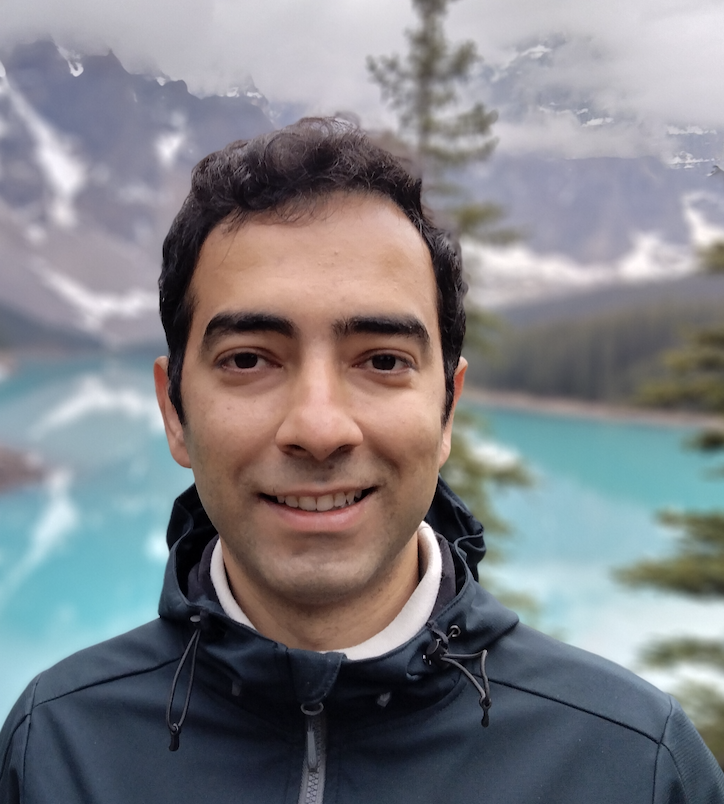Model Category For Groupoids
Published:
Warning: These notes are severely incomplete! Hopefully I will finish them soon.
Abstract:
The fundamental groupoid $2$-functor
There is a strict $2$-fucntor $\Pi : \topl \to \grpd$ which associates to every topological space its fundamental groupoid, to a continuous map of spaces, a functor of groupoids, and to a homotopy of maps, an iso natural transformation.
For each groupoid $\cat{C}$ and each object $c$ of $\cat{C}$, $\pi(\cat{C}, c)$ is the full subgroupoid of $\cat{C}$ with only one object namely $c$. So, $\pi(\cat{C}, c) (c,c) = \aut_{\cat{C}} (c)$ Composing with $\Pi$, we get the familiar fundamental groups at different points.
We recall from algebraic topology that a continuous map $p:E \to B$ is said to be a covering map (or space $E$ a covering space over $B$) whenever for every $x \in B$ there is an open neighbourhood $U$ containing $x$ such that $p^{-1} (U) = \amalg_{i \in I} V_i$, a disjoint union of open sets $V_i$ in $E$ such that $ p|_{V_i}: V_i \cong U $. One handy example of a covering map is the quotient map $\bb{R}^2 \to \bb{T}$ where the torus $\bb{T}$ is obtained as the quotient space of $\bb{R}^2$ by identifying $(x,y) \sim (x+m, y+n)$ for every $m, n \in \bb{Z}$. Another well-known examples is the helix-shaped real line $\bb{R}$ over $1$-sphere $\bb{S}^{1}$.
Remark: If $f : A \to B$ is a map whereby $A$ is path connected then the pullback of $p$ along $f$, that is $\str{f}p $ is a covering map.
There is fundamental lifting type theorem associated to covering maps; the unique path lifting theorem. You can find its proof in section 3.2. of Peter May’s A Concise Course in Algebraic Topology.
Lifting of paths and homotopies written in terms of $2$-functor $\Pi$ yields that $e/P: e/\Pi(E) \to p(e)/\Pi(B)$ is an isomorphism of groupoids for any point $e \in E$, and furthermore the functor $\Pi(p): \Pi(E) \to \Pi(B)$ is surjective on objects. Also, if $\cat{E}=\Pi(E)$ and $\cat{B}=\Pi(B)$, for each object $b$ of $\cat{B}$, the fibre groupoid $\cat{E}_b$ has as objects all points of space $E$ in the pre-image $p^{-1}(b)$ and as morphisms all paths (up to homotopy) between such points which are null-homotopic when composed with $p$: that is all $\lambda: \intvl \to E$ with $p(\lambda (0))=b$ and $p(\lambda(1))=b$ and $p \oo \lambda$ is homotopic to $id_b$.
This motivates us to define the notion of Covering functors of groupoids: For groupoids $\cat{E}$ and $\cat{B}$, a functor $P: \cat{E} \to \cat{B}$ is a covering functor if
- it is surjective on objects
- $e/\cat{E} \to P(e)/\cat{B}$ is isomorphism of categories.
Remark: For any groupoid $\cat{E}$, there is only a unique morphism between any two objects of $e/\cat{E}$. So, isomorphism of such co-slice categories means isomorphism of their object sets.
Remark: If the groupoid $\cat{E}$ is connected then it is sufficient to check the second condition of covering only for a single object $e$ of $\cat{E}$. This is because for any other object $e\pr$ there is a morphism $h: e \to e\pr$ in groupoid $\cat{E}$, and the top and bottom functors, defined by precomposition with $h$, are isomorphism as well as the right leg in the following diagram.
Also, it follows that for any covering functor of (connected) groupoids, and any $e$ in $\cat{E}$ the induced map of groups is monomorphism:
